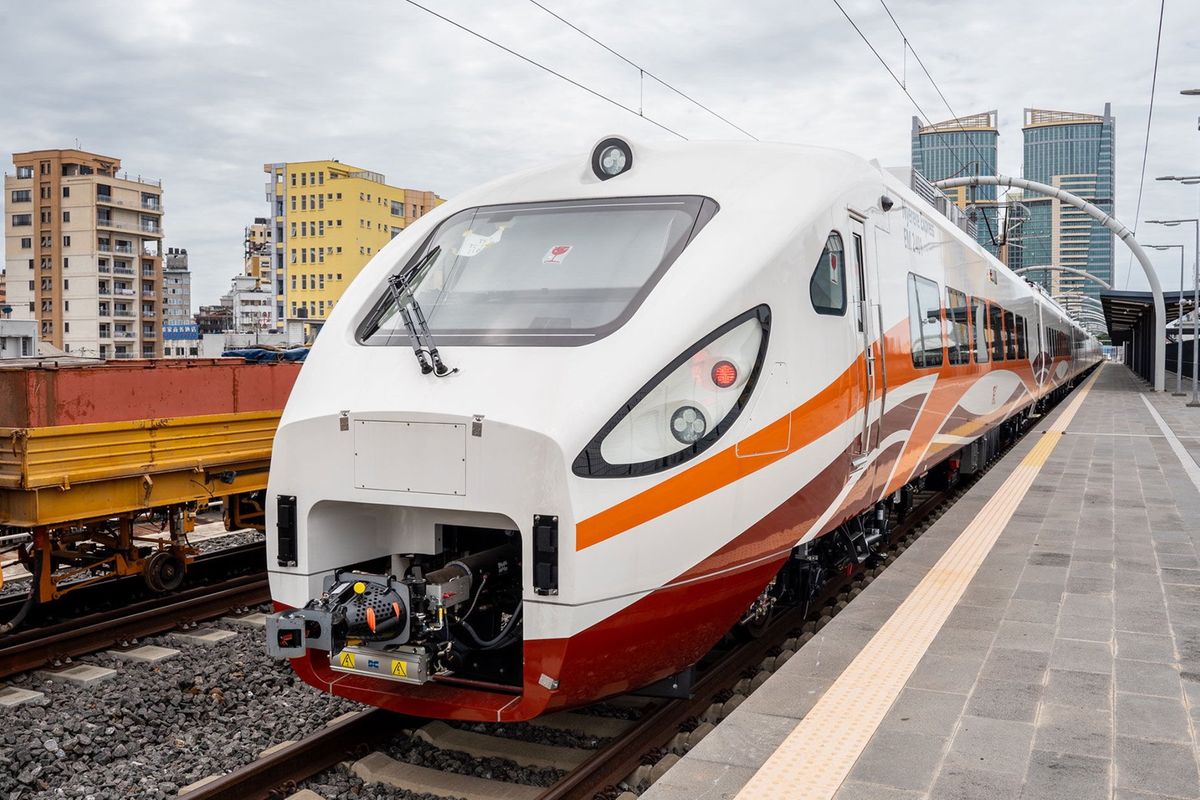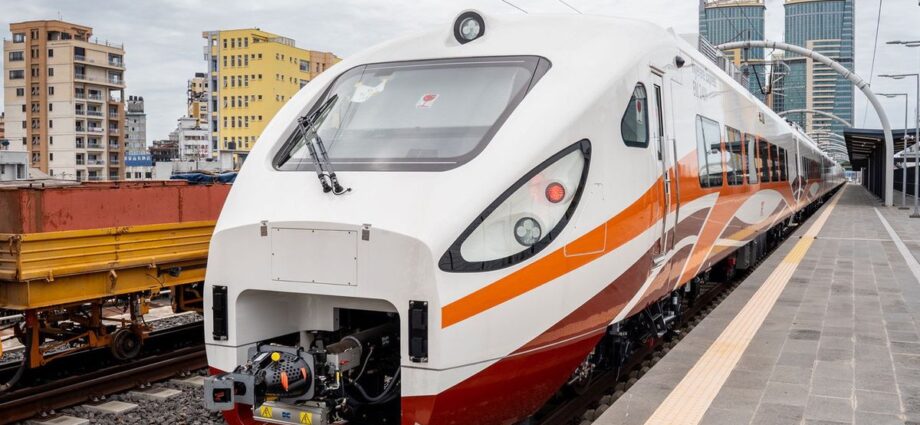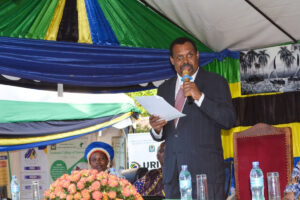
Dodoma. The government has outlined the transformative economic benefits Tanzania has so far gained from the emerging Standard Gauge Railway (SGR), which became operational this June, after investing $10 billion (approximately Sh23 trillion).
Tanzania government, through the Tanzania Railways Corporation (TRC), is building a modern railway network spanning no less than 2,561 kilometres, which will connect the port city of Dar es Salaam, with Mwanza, Kigoma, Katavi, and neighbouring countries of Rwanda, Burundi, Uganda and the DRC.
A section between Dar es Salaam and Dodoma became operational since June this year and according to the Minister of State in the President’s Office for Planning and Investment, Prof Kitila Mkumbo, the train services along the line have so far transported 645,421 passengers by September and generated Sh15.695 billion.
“This project is set to boost business and attract investment by cutting transport times and costs, driving growth in domestic and international trade,” he said during the presentation of the proposed Development Plan for 2025/26 to the Parliament on Friday November 1, 2024.
He said the project is also expected to position Tanzania as a leading transport and logistics hub in East and Southern Africa.
“From jobs to industrial growth, this project is reshaping our economy,” Prof Mkumbo stated, highlighting that the SGR has generated over 30,000 direct jobs and more than 150,000 indirect jobs since construction began in May 2017.
With the Dar es Salaam – Dodoma section now fully operational, travel times have been significantly cut from approximately ten hours by bus to just three and a half hours by train, Prof Mkumbo reported, calling the change a “major boost for both personal and commercial transport.”
Powered by electricity, the SGR is expected to contribute to road safety and environmental sustainability.
The SGR has also spurred demand for local construction materials, notably cement and steel, stimulating the manufacturing sector.
“The railway isn’t just about transport—it’s driving industry,” Mkumbo said, adding that 2,460 companies are working on the project under contracts worth Sh3.69 trillion.
Designed to facilitate seamless cross-border cargo movement, the SGR is also supporting international trade.
Since 2023, some 519 investment projects have been registered along the SGR corridor through the Tanzania Investment Centre, with a capital inflow of $4.59 billion and an anticipated 115,566 new jobs, Prof Mkumbo revealed.
“This railway is not only a transport system; it’s our bridge to greater economic growth and Tanzania’s future as a regional trade hub,” Professor Mkumbo said, emphasising the government’s vision to transform Tanzania into a continental logistics powerhouse.














